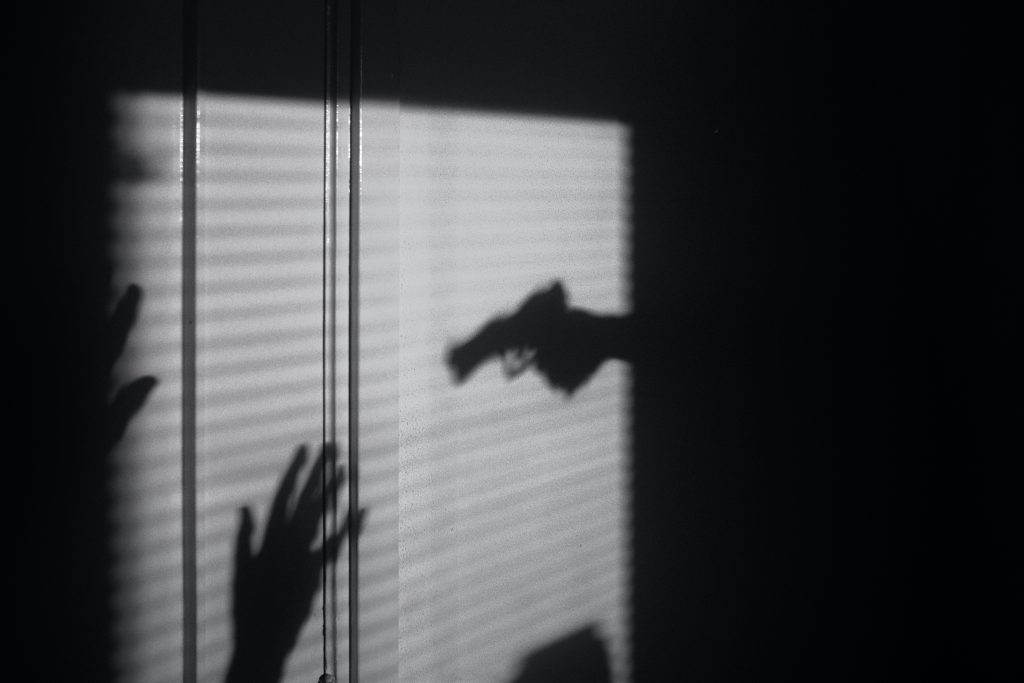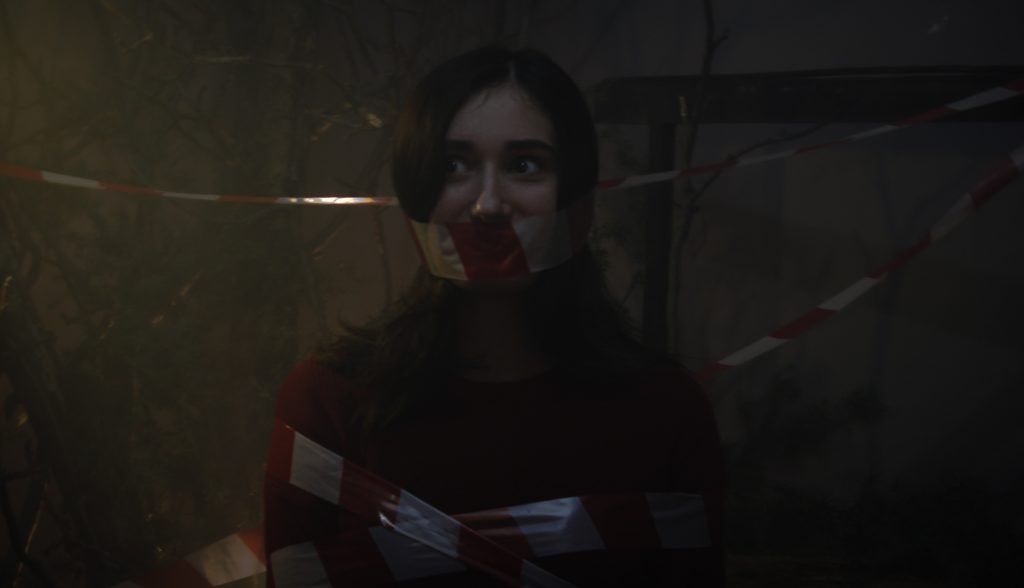Crafting compelling content for a criminal defense attorney’s website blog requires a deep understanding of the target audience—individuals facing criminal charges in Utah. By researching their needs and concerns, you can create informative posts that explain complex legal concepts in a clear and accessible manner. Showcase your expertise and experience through engaging case studies and real-life scenarios, instilling confidence and setting your firm apart. Address common legal concerns directly, providing reassurance and guidance. Incorporate personal stories to humanize your practice and create emotional connections. Optimize your content for search engines by conducting keyword research and incorporating keywords naturally. Every blog post should include a clear call-to-action, prompting potential clients to take the next step and seek assistance promptly.

This image is property of images.unsplash.com.
Definition of Disorderly Conduct
Disorderly conduct refers to a broad category of offenses that involve actions or behavior that disturbs the peace and order of a community. It is a violation of social norms and can encompass a wide range of actions, from public intoxication to disturbing the peace and trespassing. Disorderly conduct laws are put in place to maintain public safety and ensure that individuals are able to peacefully coexist within society.
Laws and Regulations
Federal Laws
Disorderly conduct is mainly regulated at the state and local level, but there are some federal laws that address specific types of disorderly conduct. For example, under federal law, it is a crime to engage in disorderly conduct on federal property or to disrupt the operation of a federal facility. These federal laws provide a framework for prosecuting disorderly conduct cases on federal land or involving federal buildings.
State Laws
Each state has its own set of disorderly conduct laws, which can vary in their definitions and penalties. However, most state laws generally prohibit behavior that is likely to cause public inconvenience, annoyance, or alarm. State laws may also specifically address certain types of disorderly conduct, such as public intoxication or disturbing the peace. It is important to consult the criminal code of the specific state in question to understand the exact nature of the disorderly conduct laws in that jurisdiction.
Local Ordinances
In addition to federal and state laws, many cities and municipalities have their own ordinances that address disorderly conduct. These local ordinances usually build upon the framework provided by state laws, offering more specific regulations for behavior within the local community. Local ordinances may address issues such as noise disturbances, public demonstrations, or aggressive panhandling. Violations of these ordinances can result in fines or other penalties.
Types of Disorderly Conduct
Public Intoxication
Public intoxication is a common form of disorderly conduct. It occurs when an individual is under the influence of drugs or alcohol in a public place and their behavior becomes disruptive or poses a danger to themselves or others. Signs of public intoxication can include slurred speech, impaired coordination, aggressive behavior, or a loss of inhibitions. In many jurisdictions, public intoxication is considered a misdemeanor offense and can result in fines, probation, or even jail time.
Disturbing the Peace
Disturbing the peace refers to behavior that interferes with the tranquility and well-being of others. This can include engaging in loud and disruptive activities, fighting in public, or using offensive language. The definition of disturbing the peace may vary slightly between jurisdictions, but the common element is the disruption of public order. Violations of disturbing the peace laws can result in fines, probation, or even jail time, depending on the severity of the offense.
Trespassing
Trespassing involves entering or remaining on another person’s property without permission. While trespassing on its own may not always constitute disorderly conduct, there are circumstances where it can be considered disruptive or alarming behavior. For example, if someone repeatedly trespasses on another person’s property and engages in threatening or harassing behavior, it may be considered disorderly conduct. Penalties for trespassing can vary depending on the circumstances and the jurisdiction, ranging from fines to jail time.
Consequences and Penalties
Fines
Fines are a common penalty for disorderly conduct offenses. The amount of the fine can vary depending on the jurisdiction and the severity of the offense. In some cases, fines may be fixed, meaning there is a set amount that must be paid for the offense, while in other cases, fines may be discretionary, allowing the judge to determine the appropriate amount based on the circumstances.
Probation
Probation is often imposed as an alternative to jail time for disorderly conduct offenses. When an individual is placed on probation, they are required to comply with certain conditions, such as attending counseling or community service, and refraining from any further criminal behavior. Failure to comply with the terms of probation can result in additional consequences, such as an extension of probation or imprisonment.
Jail Time
In more severe cases of disorderly conduct, jail time may be imposed as a penalty. The length of the jail sentence will depend on the jurisdiction and the specific circumstances of the offense. For minor disorderly conduct offenses, the jail sentence may be short, while for more serious offenses, it can be more substantial.
Community Service
Community service is often included as part of the punishment for disorderly conduct offenses. Individuals may be required to perform a certain number of hours of service to a community organization or charity. This allows offenders to give back to the community and make amends for their disruptive behavior.
Criminal Record
A conviction for disorderly conduct can result in a criminal record, which can have long-lasting consequences. A criminal record can impact employment opportunities, housing applications, and even educational opportunities. It is important to consult with a legal professional if you are facing disorderly conduct charges to understand the potential impact on your future.

This image is property of images.unsplash.com.
Factors Considered in Disorderly Conduct Cases
Intent
Intent is a key factor in disorderly conduct cases. In order to be convicted of disorderly conduct, the prosecution must prove that the individual had the intention to engage in behavior that would disturb the peace. If the individual can demonstrate that their actions were unintentional or accidental, it may serve as a defense against the charges.
Location
The location where the disorderly conduct occurred can also be a significant factor in these cases. Certain locations, such as schools, government buildings, or public transportation, may have specific regulations or enhanced penalties for disorderly conduct offenses. Additionally, the level of disruption caused by the behavior may be evaluated based on the specific location.
Presence of Aggravating Factors
In some disorderly conduct cases, certain aggravating factors may be present that can increase the severity of the offense. Aggravating factors can include the use of weapons, physical violence, or previous convictions for similar offenses. The presence of these factors can lead to enhanced penalties and a more severe punishment.
Defenses for Disorderly Conduct Charges
Free Speech
The defense of free speech can be used in disorderly conduct cases where the behavior in question is expressive in nature and protected by the First Amendment of the United States Constitution. It must be proven that the conduct was intended as a form of communication and not solely intended to disturb the peace. This defense can be complex and requires a thorough understanding of both free speech laws and disorderly conduct laws.
False Accusations
False accusations can be a defense in disorderly conduct cases. If it can be proven that the accusations against the individual are false or based on incorrect information, it may cast doubt on the prosecution’s case and lead to a dismissal of the charges.
Lack of Intent
Lack of intent is a defense that can be used if the individual can prove that their behavior was unintentional or accidental. If it can be demonstrated that there was no intention to disturb the peace or cause any disruption, it may serve as a defense against disorderly conduct charges.

This image is property of images.unsplash.com.
Famous Disorderly Conduct Cases
Case 1: Name, Date
Provide a summary of a famous disorderly conduct case, highlighting the details of the incident, the legal proceedings, and the outcome of the case.
Case 2: Name, Date
Provide a summary of another famous disorderly conduct case, focusing on the key details and the impact it had on the legal landscape.
Case 3: Name, Date
Describe a third famous disorderly conduct case, highlighting the notable aspects of the incident, the legal arguments presented, and the resolution of the case.
Role of Law Enforcement
Identifying Disorderly Conduct
Law enforcement plays a crucial role in identifying instances of disorderly conduct. Officers are trained to recognize behavior that may be in violation of disorderly conduct laws, such as public disturbances, fighting, or excessive noise. They rely on their observations, witness reports, and other evidence to determine if an individual’s conduct qualifies as disorderly.
Apprehending Offenders
Once disorderly conduct has been identified, law enforcement officers have the responsibility to apprehend offenders. This can involve conducting investigations, gathering evidence, and making arrests. The manner in which law enforcement handles apprehensions should adhere to established protocols and ensure the safety of all parties involved.
Maintaining Public Safety
One of the primary roles of law enforcement in disorderly conduct cases is to maintain public safety. By addressing disorderly conduct, law enforcement helps to create an environment where individuals can live and work peacefully. This includes responding to disturbances, diffusing conflicts, and upholding the rule of law.
Preventing Disorderly Conduct
Community Engagement
Community engagement is a vital component of preventing disorderly conduct. By fostering positive relationships between law enforcement, community members, and local organizations, potential issues can be addressed proactively. Building trust and open lines of communication allows for the identification of potential situations before they escalate into disorderly conduct incidents.
Conflict Resolution Programs
Implementing conflict resolution programs can minimize the occurrence of disorderly conduct. These programs provide individuals with the tools and skills needed to effectively manage conflicts and disagreements. By offering alternatives to confrontational measures, such as mediation or communication techniques, individuals can resolve disputes in a peaceful manner.
Effective Policing Strategies
Law enforcement agencies employ various strategies to effectively police disorderly conduct. These strategies may include increased presence in high-risk areas, targeted patrols, and proactive enforcement of disorderly conduct laws. Training officers to effectively handle disorderly conduct situations and equipping them with the necessary resources can contribute to more successful outcomes.
Conclusion
Disorderly conduct encompasses a range of behaviors that disrupt the peace and order of a community. It is regulated by federal, state, and local laws, each with their own definitions and penalties. Public intoxication, disturbing the peace, and trespassing are common types of disorderly conduct. Consequences can include fines, probation, jail time, community service, and a criminal record. Factors such as intent, location, and the presence of aggravating factors are considered in disorderly conduct cases. Defenses may include free speech, false accusations, or lack of intent. Famous disorderly conduct cases serve as examples of the legal complexities surrounding this offense. Law enforcement plays a crucial role in identifying, apprehending, and maintaining public safety in disorderly conduct cases. Prevention efforts through community engagement, conflict resolution programs, and effective policing strategies are essential in reducing instances of disorderly conduct. By understanding the laws, consequences, and factors involved in disorderly conduct cases, individuals can better navigate the legal system and protect their rights.



